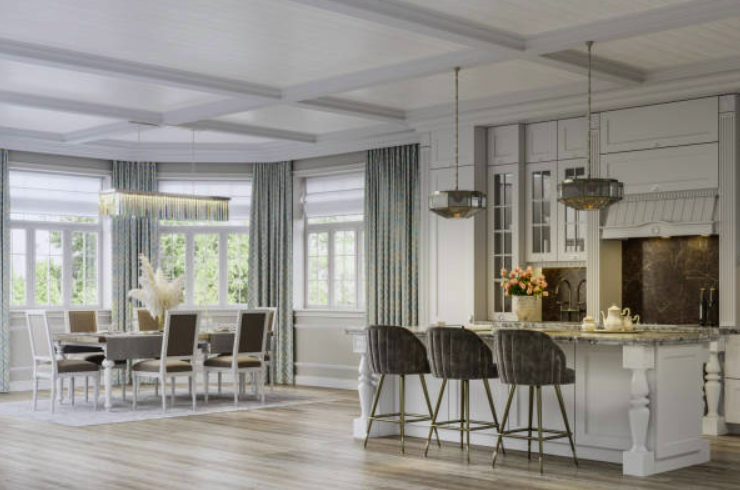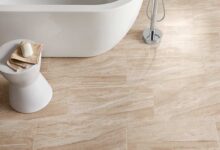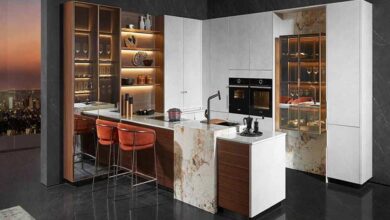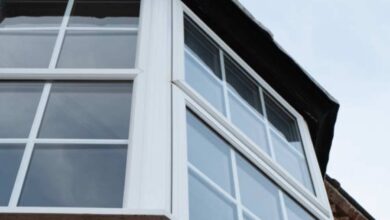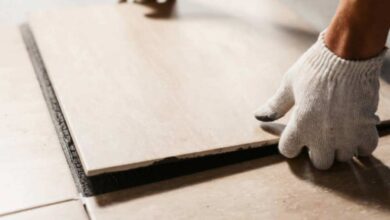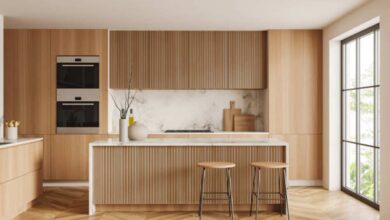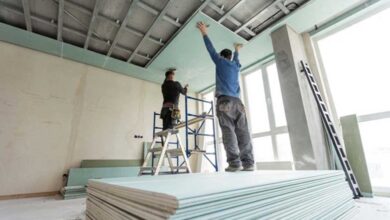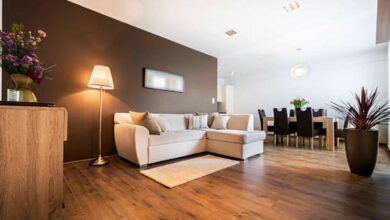Are you interested in discovering the biggest differences between traditional and modern homes? Then you’ve come to the right place! In this blog, we’ll explore all the changes that have taken place over time to create our beloved homes. From style to lifestyle, get ready for a journey through time, from the past to present day. Let’s dive in!
Modern Homes
Modern homes prioritize convenience and energy efficiency over pure aesthetics and are most widely found in urban areas. They tend to have a smaller footprint, with several rooms packed into a limited space. Common features of modern homes include open-concept living spaces, abstract designs, energy-saving appliances and tech-savvy components. If you are looking for plans for this type of house you should definitely check out Truoba modern house plans.
Since the 20th century, building ‘green’ has become increasingly popular because of increased environmental awareness and the desire to lead a healthier life. Modern homes often utilize eco-friendly materials such as cork flooring, low VOC paint and recycled plastic countertops while wasting less energy on such components as heating. Solar oriented windows are also more common in modern homes as they reduce heating costs by utilizing sunlight for warmth.
The design of modern homes is often simplified and minimalistic with natural finishes that help create an airy atmosphere while emphasizing cleanliness over clutter. Open floor plans also play a role in modern interior design by de-cluttering designated spaces while making them feel larger than they actually are. Natural elements such as wood can then be used to accentuate the room while incorporating lighter materials such as glass or aluminum frames to further add lightness to each space. Smart technology has become an integral part of modern home interiors over the years offering homeowners convenience with automated lighting solutions, programmable thermostats and remote control security systems among other things.
Traditional Homes
They are unique in character and style, often being the oldest type of architectural design. There are four main elements that set traditional homes apart from modern homes: the exterior, interior, mobility and building processes.
Exterior: They typically have a steeply pitched roofline and exterior siding that is composed of engineered wood, stone or brick. Windows tend to be long and narrow to conserve energy as much as possible. Additionally, traditional houses will often also have covered porches or balconies.
Interior: These dwellings usually have warm colors on walls coupled with hardwood floors or rugs. Ceiling heights tend to be lower than in modern houses due to the dimensions used in older construction methods. Additionally, built-in furniture tends to be a popular feature in these types of homes in order to save space but still something extra in terms of decorating options.
Building Processes: Traditional home designs require longer labor hours and are usually constructed from heavier materials such as lumber or stone used for framing along with additional details like traditional roofing materials like wood shakes and shingles which can add significant cost even if using reclaimed materials were used for construction’s sake assessment purposes (such as HUD certificates).
Conclusion
In conclusion, there are a great many differences between traditional and modern homes. Advances in technology, building materials, and home design have resulted in homes that are more efficient, more comfortable, and more stylish than ever before. Despite the clear advantages of modern home features, it is important to keep in mind that a well-designed traditional house can offer incredible value and long-term satisfaction. Whether a homebuyer chooses a traditional or modern house ultimately depends on their own personal tastes and needs. Both types of homes can have significant advantages when chosen correctly. Ultimately, finding the right house is the only way to ensure the utmost comfort and happiness for its occupants over time.
